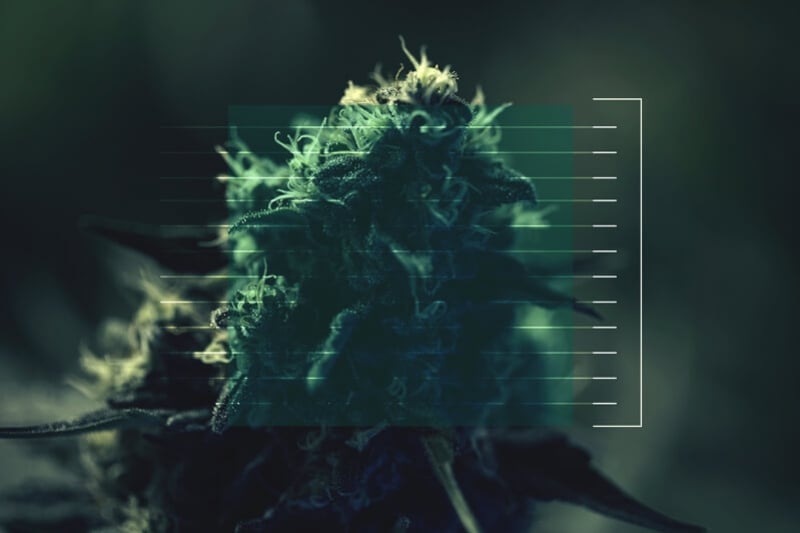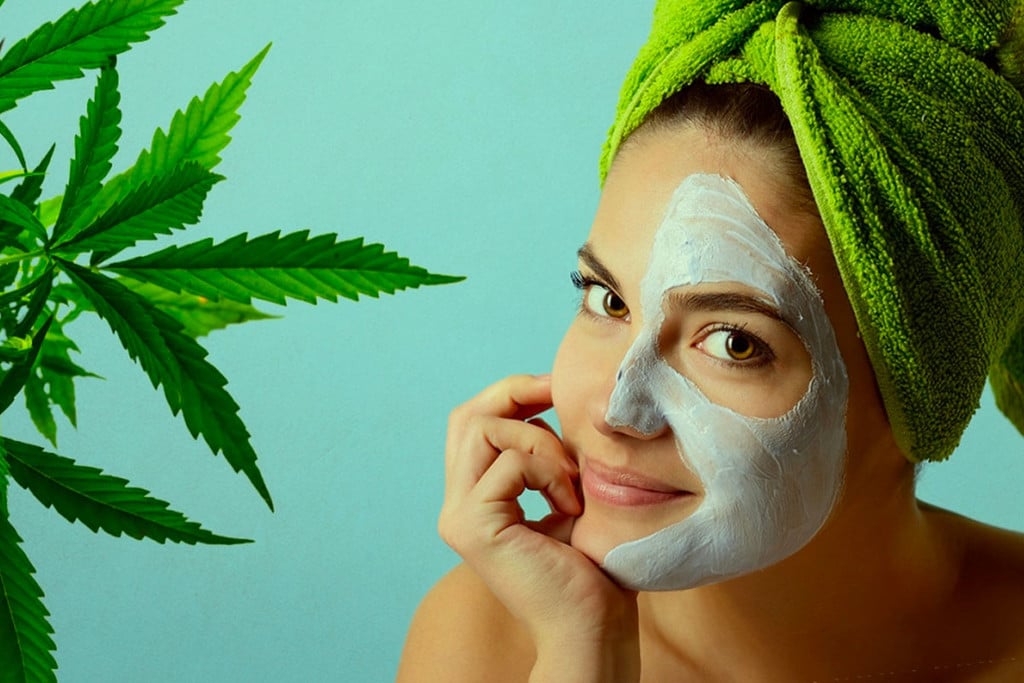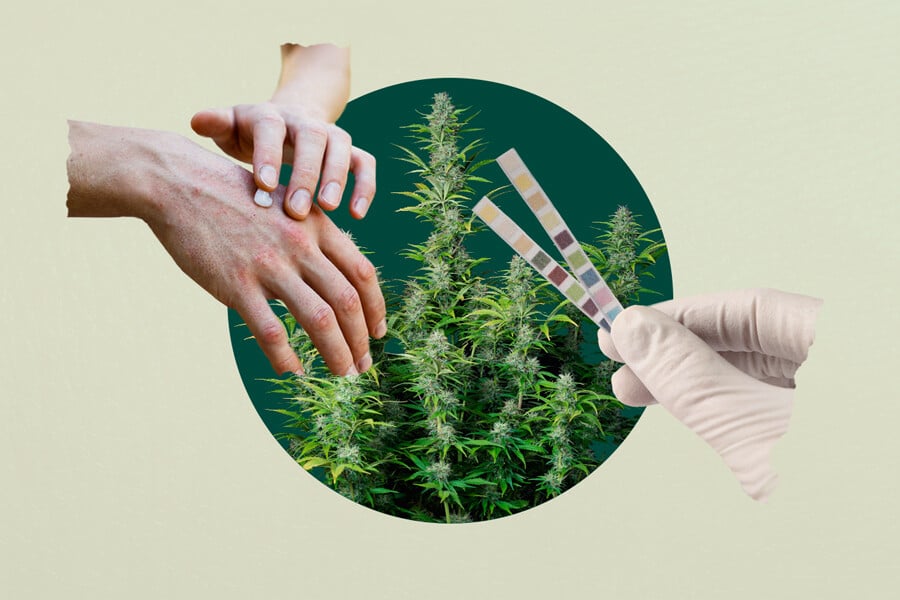.
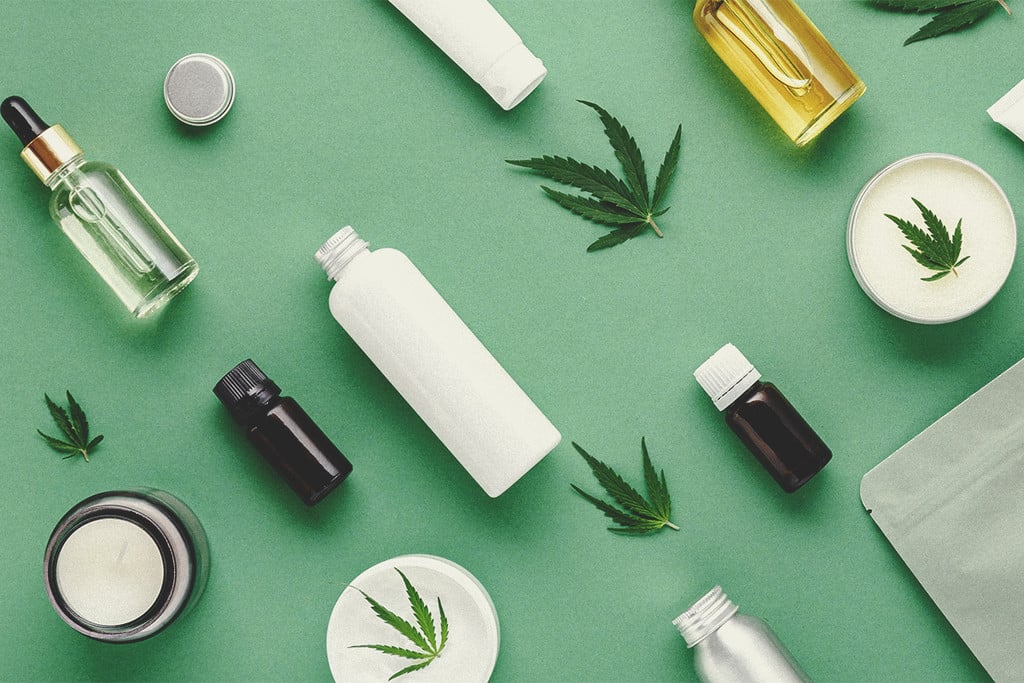
How to Make Cannabis Lotions — Cannabis Topicals 101
Revolutionary is a pretty big word but can definitely be used in the context of cannabis-infused lotions and balms. They provide medicinal benefits without the psychoactive effect of THC.
Contents:
- What are cannabis topicals and how do they work?
- What are the benefits of cannabis topicals?
- Cbd topicals
- How to apply cannabis topicals
- Quick guide to making a cannabis-infused balm
- What can cannabis topicals and lotions do for you?
- Cbd transdermal patches
- Cannabis lotions: a fun and easy diy project
Cannabis has been with us for centuries, but innovation and curiosity have made a huge impact on how we enjoy this age-old plant. While more traditional methods of cannabis consumption like smoking a joint or using a bong are still popular, edibles, vaporizing, and topicals are gaining more traction.
Let’s take a closer look at cannabis topicals and discuss what they are, how they work, and how you can make your own cannabis-infused lotions at home.
What Are Cannabis Topicals and How Do They Work?
Cannabis topicals come in a variety of forms, including creams, balms, lotions, oils and lubricants. These products work by delivering cannabinoids and terpenes found in the cannabis plant directly to receptors in the epidermis and dermis.
What Are the Benefits of Cannabis Topicals?
Cannabis topicals have a unique range of benefits. Topicals containing THC, for example, can deliver the powerful effects of this cannabinoid without the head high, which for some people can be undesirable or unpleasant. Unlike smoking or vaporizing, which deliver cannabinoids and terpenes into the bloodstream and to a variety of receptors all around the body, topicals have the benefit of acting on a very localized area.
Check out other benefits of cannabis topicals:
- They’re easy to use. Dabbing or smoking can be tricky, especially for people new to cannabis. Using a topical, however, is as simple as smearing cream or lotion on your body.
- They’re simple to dose. It can be easy to overstep the line when smoking, vaping, or eating weed. With topicals, however, dosing is super simple, and taking a larger dose won’t cause any unwanted side effects.
- They offer a slow, steady, and controlled release. The effects of smoking or vaping cannabis can set in very quickly, while edibles can take up to 1 hour to take effect. Both edibles and smoked/vaped cannabis can seem overwhelming for some users. Topicals draw a nice middle ground between the two, offering a fast onset with a steady release and the ability to re-apply when necessary.
- They omit the lungs. While cannabis connoisseurs are quick to defend smoking weed, research has shown that cannabis smoke contains many of the same harmful compounds found in tobacco smoke.
- They avoid first-pass metabolism. When you swallow cannabis, be it in the form of a brownie, capsule or oil tincture, it usually loses concentration (and potency) by the time it reaches the bloodstream. Cannabis topicals bypass this problem because they don’t pass through the digestive tract.
- They avoid drug fluctuation levels. When you smoke or vaporize cannabis, the number of cannabinoids and terpenes delivered to your system can fluctuate dramatically depending on your smoking pattern. Topicals, on the other hand, offer a steady flow of cannabinoids and terpenes to your system, which is great for anyone using cannabis medicinally and those in need of lasting relief.
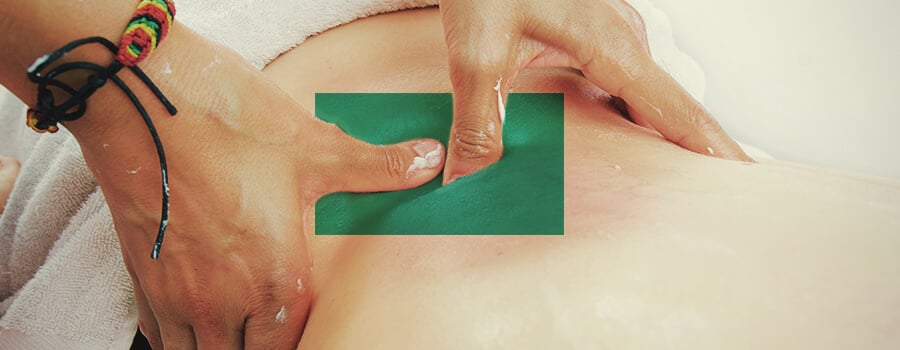
CBD Topicals
Cannabis topicals offer an entirely distinct method of administering the herb. Although you may not have applied these products to your own skin yet, the practice dates back thousands of years[1]. Overall, cannabis contains hundreds of molecules of interest. Of these, CBD has emerged as one of the most popular for topical use, thanks to its widespread legal status and a plethora of ongoing studies regarding its pharmacological action. Companies have harnessed this particular cannabinoid in a wealth of CBD topicals, including:
- Topical CBD oil
- CBD cream for skin
- Lotions
- Balms
- Salves
- Patches
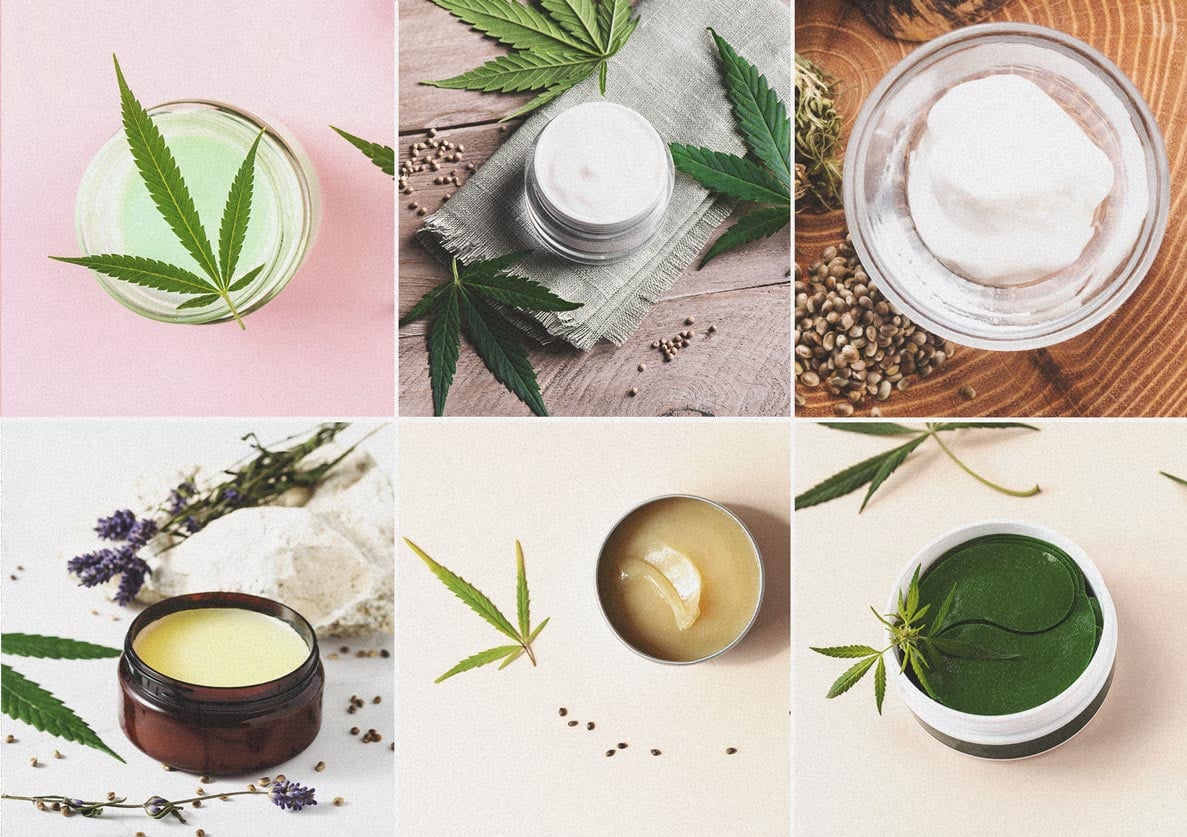
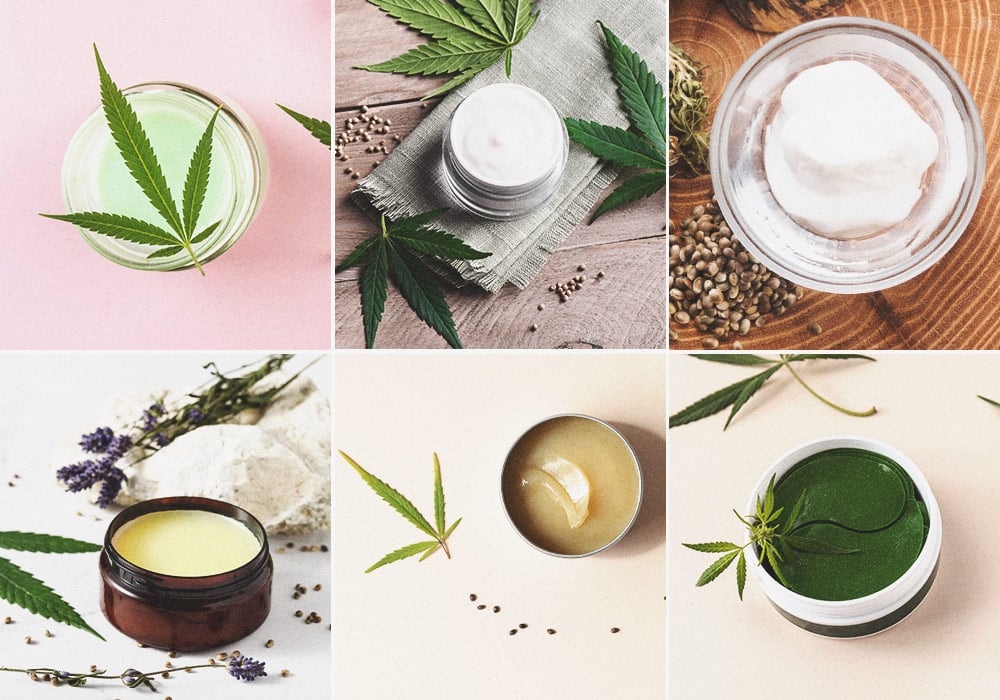
But what does science say about CBD and skin care? Researchers are still testing the cannabinoid in this domain, but it's key to note that the endocannabinoid system (ECS)—the universal regulator of the human body—shows up in the skin. This system helps to maintain skin health[2] by governing processes such as growth and cell differentiation. Studies show that CBD interfaces with the ECS, and scientists are currently testing the cannabinoid against inflammation[3], pain[4], and ageing[5]. Because CBD interacts with numerous pharmaceuticals when smoked or ingested, topical application offers an alternative route of administration for people taking certain medications.
How to Apply Cannabis Topicals
1. Wash your skin with mild soap and warm water, then dry it completely.
2. If you're trying a new brand or type of lotion for the first time, consider spot testing it on a small area of skin first, just to check how your skin reacts.
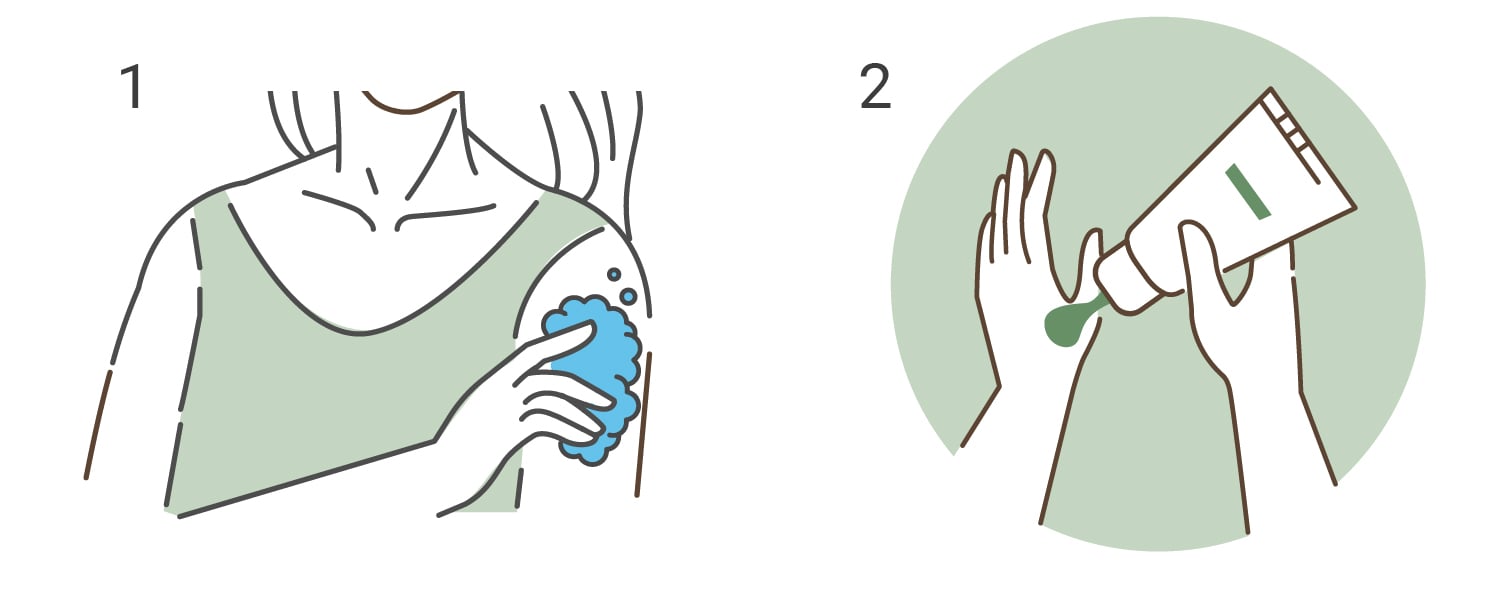
3. Apply a thin layer of cannabis lotion and rub it into the skin gently. If you're using the lotion to treat sore muscles, try massaging the area gently for extra relief. Reapply if needed.
4. Wash your hands to remove any excess lotion.

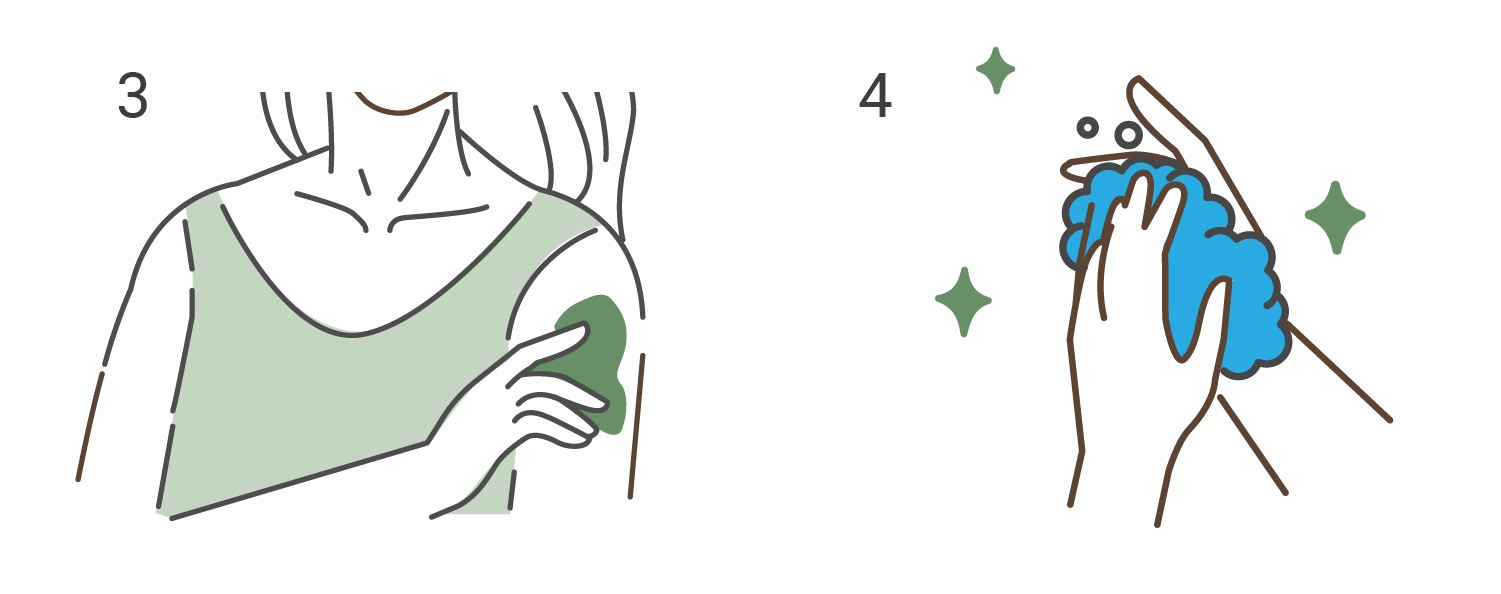
Quick Guide to Making a Cannabis-Infused Balm
Now that you know about cannabis topicals, it’s time to get hands-on. Although at home you don’t have the possibilities of multi-national companies when it comes to accurate production processes, you can still create your very own natural cannabis balm. From a technical point of view, the production of cannabis lotions and creams is very similar to making cannabis-infused butter. If you know how to make cannabutter, you pretty much know how to make lotions.
INGREDIENTS AND EQUIPMENT:
- 250–500ml of coconut oil
- 0.5 – 1.1 oz of dried cannabis flower
- Cooking pot
- Cheesecloth (or any kind of fine mesh material)
- Beeswax, shea butter, almond oil or other ingredients designed to boost skin health (feel free to customize these based on your skin’s needs)
- Storage containers
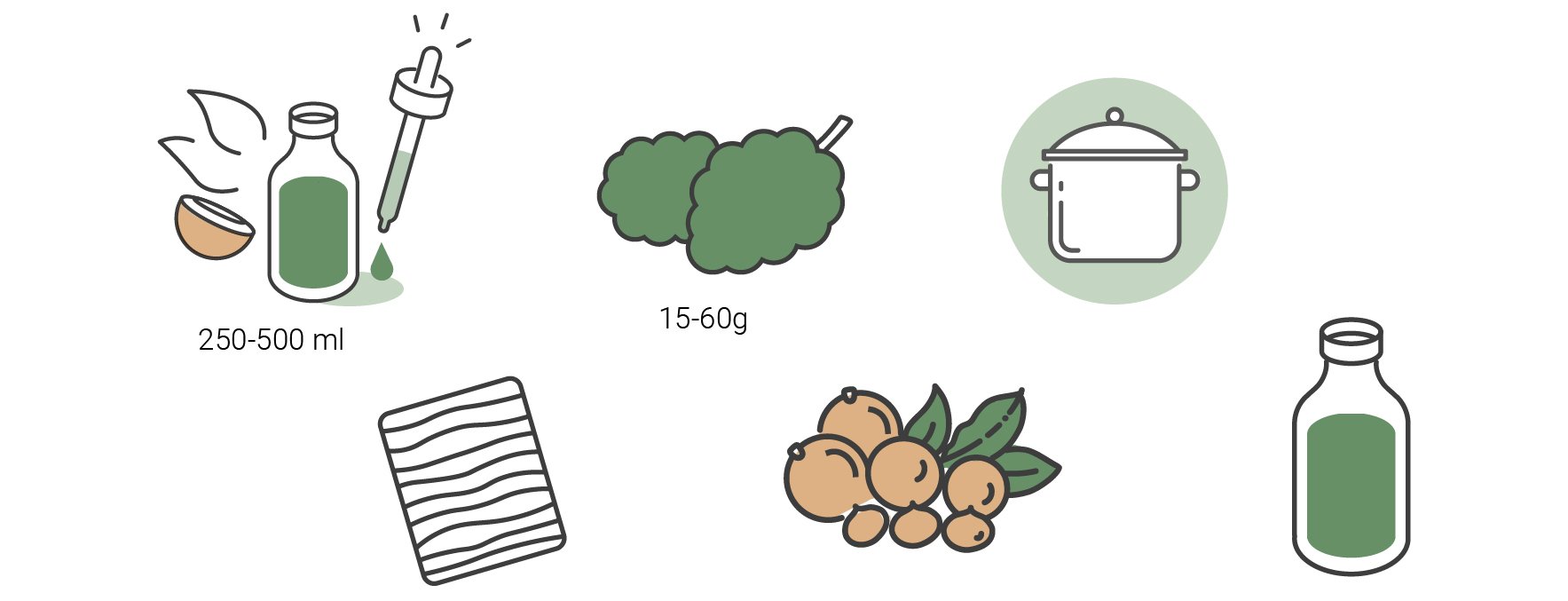
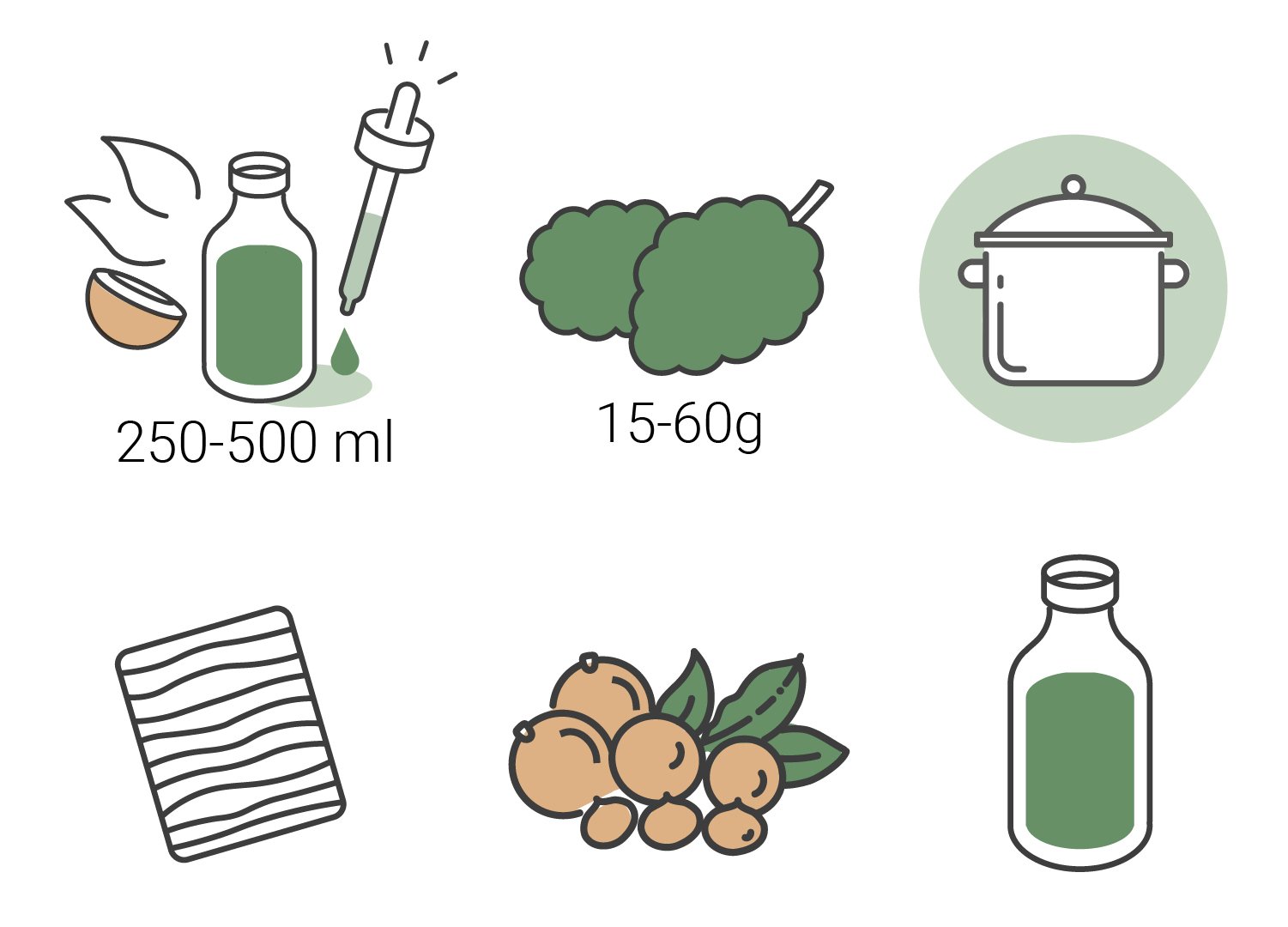
METHOD
1. Grind your flower and decarboxylate for 45 minutes in an oven preheated to 110°C.
2. Pour your coconut oil into the cooking pot. Heat gently on low heat.
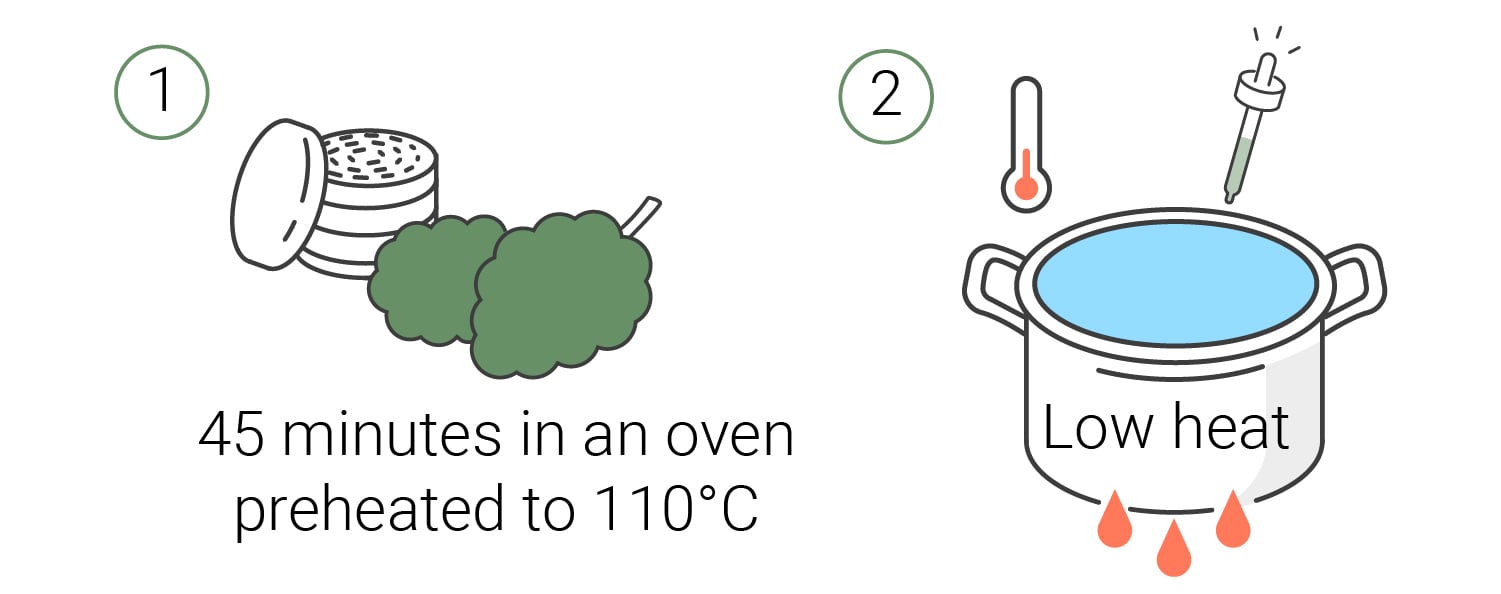
3. Add your decarboxylated ground flower to your oil and gently simmer for at least 3–4 hours.

4. Add any additional ingredients you wish to use to enrich your topical with, then remove the mixture from the heat and let it cool a bit.
5. Strain through the cheesecloth into your storage containers. Remember to squeeze the mass of flowers through the cheesecloth to avoid wasting any of the product.
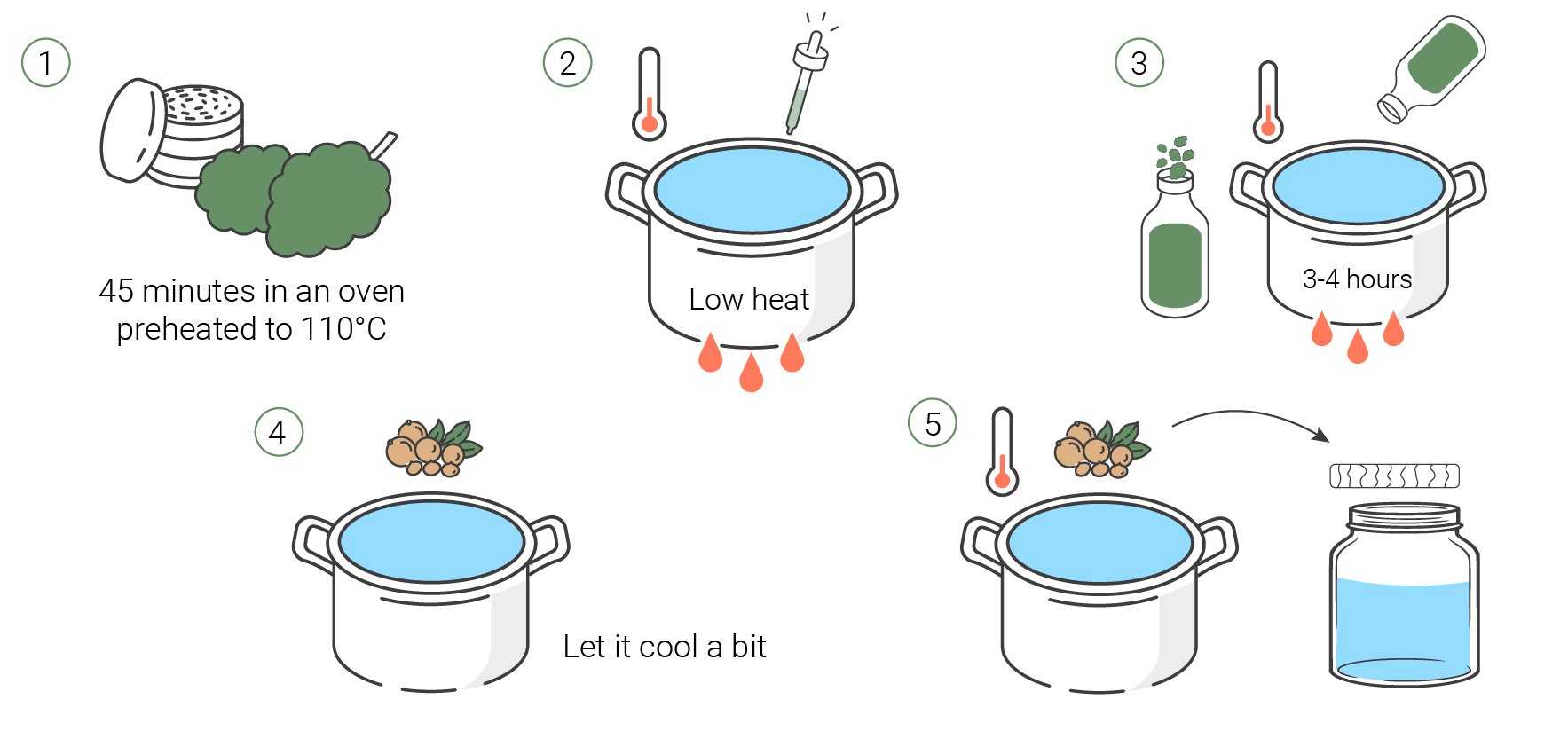
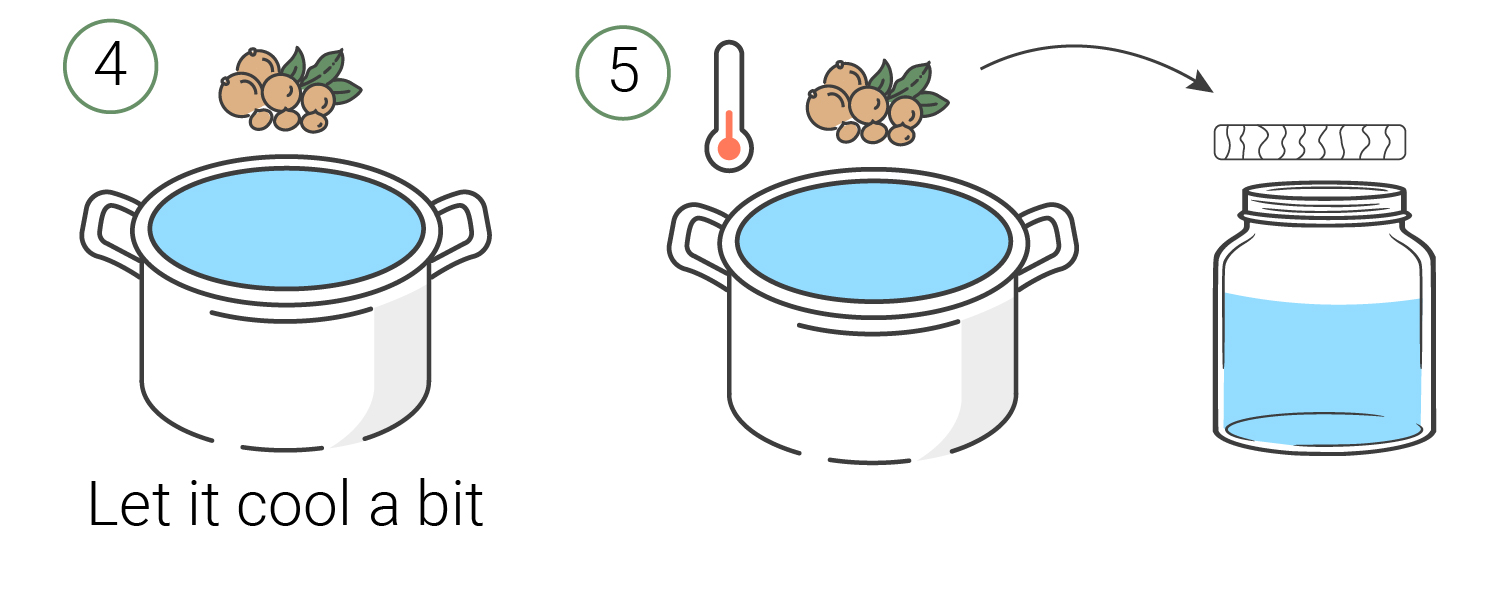
When making your own cannabis topicals, we highly recommend to experiment with different ingredients to create a final product tailored to your skin needs. Remember, any ingredient you find in a store-bought cream or lotion (from almond milk to shea butter and anything in between) can be a great addition to your homemade cannabis lotion. Get experimenting and get ready to experience cannabis like never before.
What Can Cannabis Topicals and Lotions Do for You?
Is weed good for your skin? More human studies are required before we can answer this question. However, many people continue to use topical cannabis as part of their skincare routine. Beyond CBD, the plant produces a host of other cannabinoids that can interact with the ECS in the skin, including THC, CBG, and cannabinoid acids. Considering that THC underpins the psychoactive effects of cannabis, it might seem strange that some people chose to include this compound in their skincare routine, too.
Much like CBD, THC has the capacity to influence the ECS. However, THC does so in a more direct manner; the molecule has a strong affinity for CB1 and CB2 receptors, the two primary receptor sites that make up this system. Therefore, THC can activate sites that are associated with important physiological processes[6] in the skin, including proliferation, differentiation, inflammation, and apoptosis.
Cannabis also produces other phytochemicals that are currently used in skincare products, such as:
- Terpenes: Cannabis contains over 150 of these aromatic compounds. Ongoing studies[7] are testing topical terpenes in models of wound healing, inflammation, and fungal infection.
- Flavonoids: Weed produces a range of these antioxidant compounds; some are also found in other plants, whereas others are largely unique to cannabis. Researchers are probing these molecules[8] for anti-inflammatory, antiproliferative, anti-ageing, and photoprotective effects.
Of all the constituents found in cannabis, cannabinoids are generating the most excitement in the realm of topical application. Among them, CBD has gained the most traction as a skincare compound, partly because it is very difficult to study THC due to its widespread illicit status. Keep reading to see what the science says about CBD and acne, eczema, wounds, and other skin conditions.
CBD: Wounds and Pain
There are a range of products available for wound care, including antiseptic wipes that keep wounds clean and botanical formulations touted for their ability to assist in wound healing. So, where does CBD fit into this paradigm? Can you use CBD oil on an open wound? Using weed lotion, or any cosmetic, on an open wound can increase the risk of infection. So far, the evidence for applying CBD to burns or wounds is extremely limited; however, studies[9] are starting to test the effects of topical CBD on wound healing, blistering, and pain. Interestingly, CBD binds to a receptor known as TRPV1—a site involved in pain perception. Furthermore, studies are also assessing the potential antimicrobial action[10] of CBD.
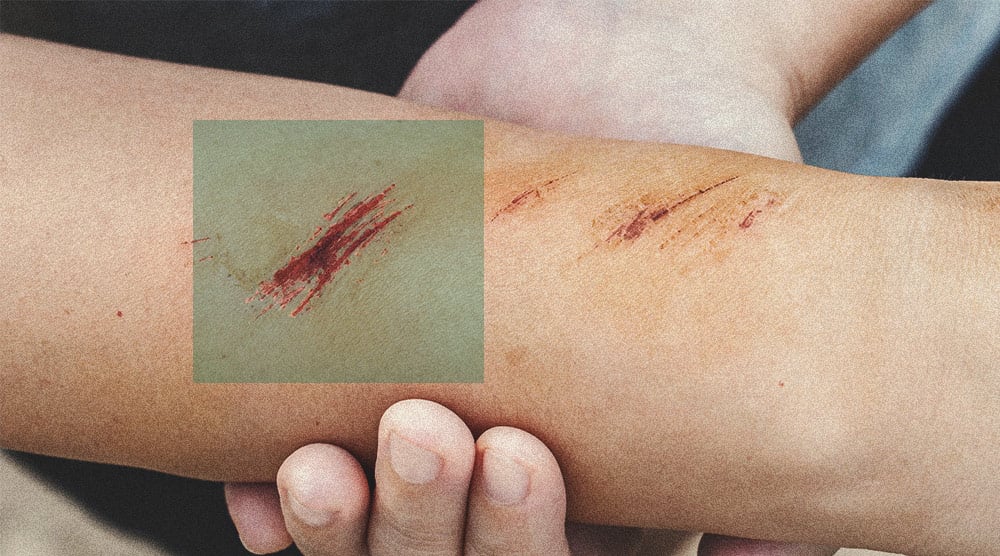
CBD and Acne
Acne occurs when small glands in the skin produce an excess of sebum, an oily substance that protects and lubricates the skin. The overproduction of sebum goes on to block hair follicles, which then results in pimples. These sites can also attract bacteria, which then trigger inflammation and infections that cause more severe acne. So, does weed help with acne? Should you apply cannabis lotion if you experience the condition? Again, research remains limited. However, researchers are looking to see if CBD can positively affect human sebocytes[11] (the cells that create sebum) and produce an anti-inflammatory effect.
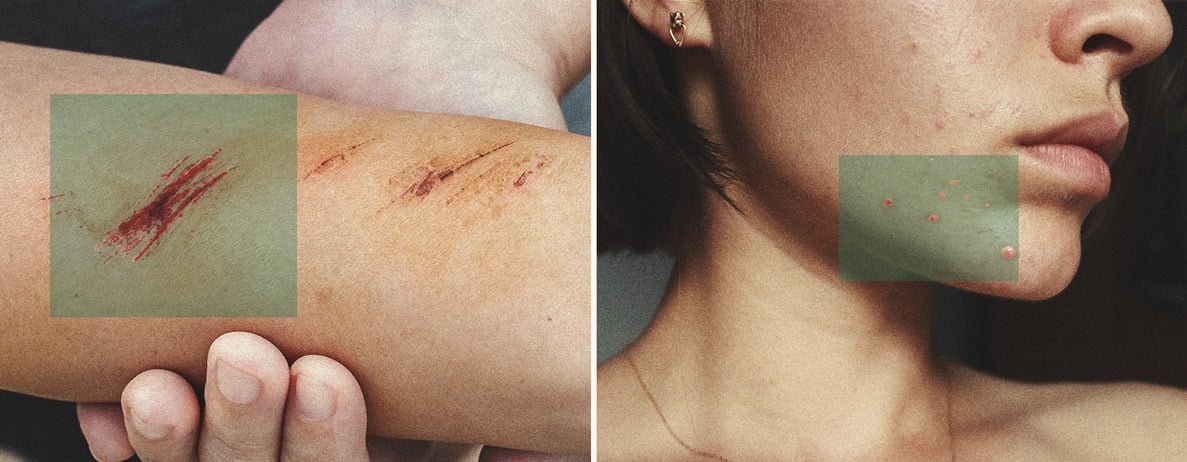
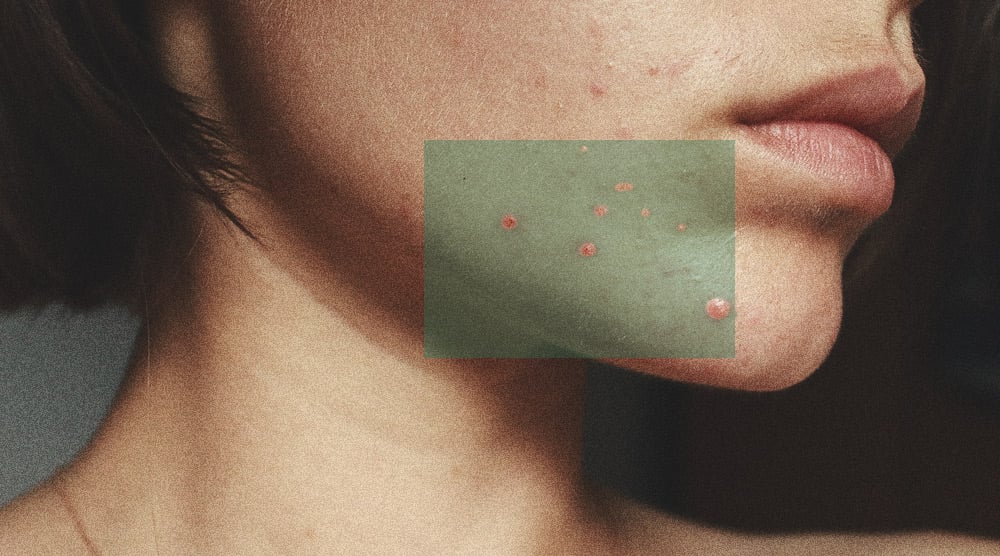
CBD and Eczema
Various factors underpin eczema, including immune system activation, genetics, and environmental triggers such as detergents and dry weather. Numerous products exist that help patients deal with eczema, but they don’t work for everybody. But what about CBD oil for eczema in adults? Inflammation plays a big role in the condition, and studies[12] are looking to see if CBD can help to tame the inflammatory response by influencing levels of proinflammatory cytokines and decreasing T-cell proliferation. Research also shows that CBD boosts the levels of endogenous cannabinoids, which scientists are probing in models of dryness and itching[13]. When using CBD for this purpose, individuals are advised to start with a small amount to see how their body reacts, before applying liberally.
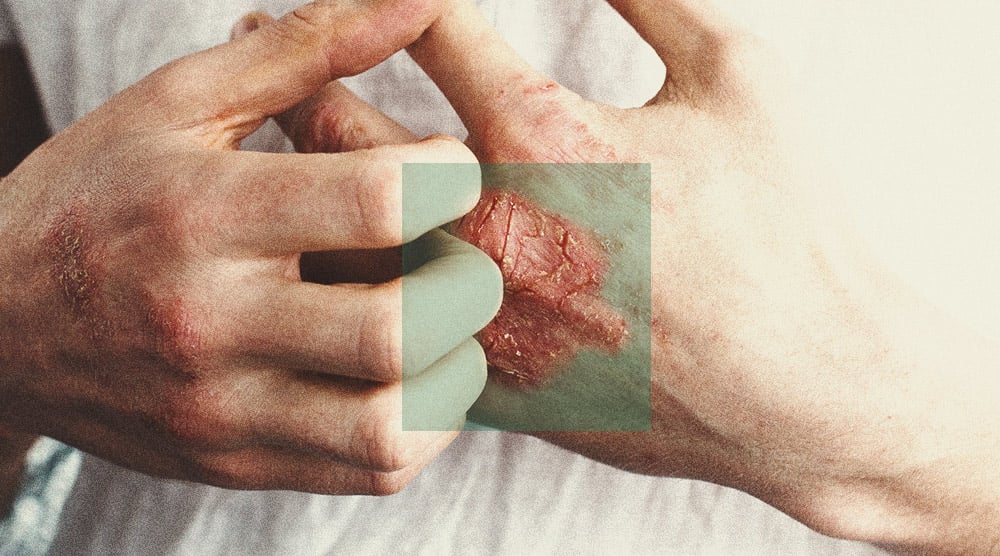
CBD and Sunburn
Excess exposure to the ultraviolet (UV) light emitted by the sun can cause the skin to burn. In the short term, this causes redness, peeling, and pain. Over time, such exposure can increase the risk of skin cancer. Many people are curious about CBD lotion for sunburn. Currently, researchers from the Medical University of Bialystok in Poland are assessing whether the cannabinoid affords any protection against changes in skin cells[14] that occur following UV exposure. Based on anecdotal reports, several companies have launched CBD creams for sunburn, which are applied in the same manner as conventional sun creams.
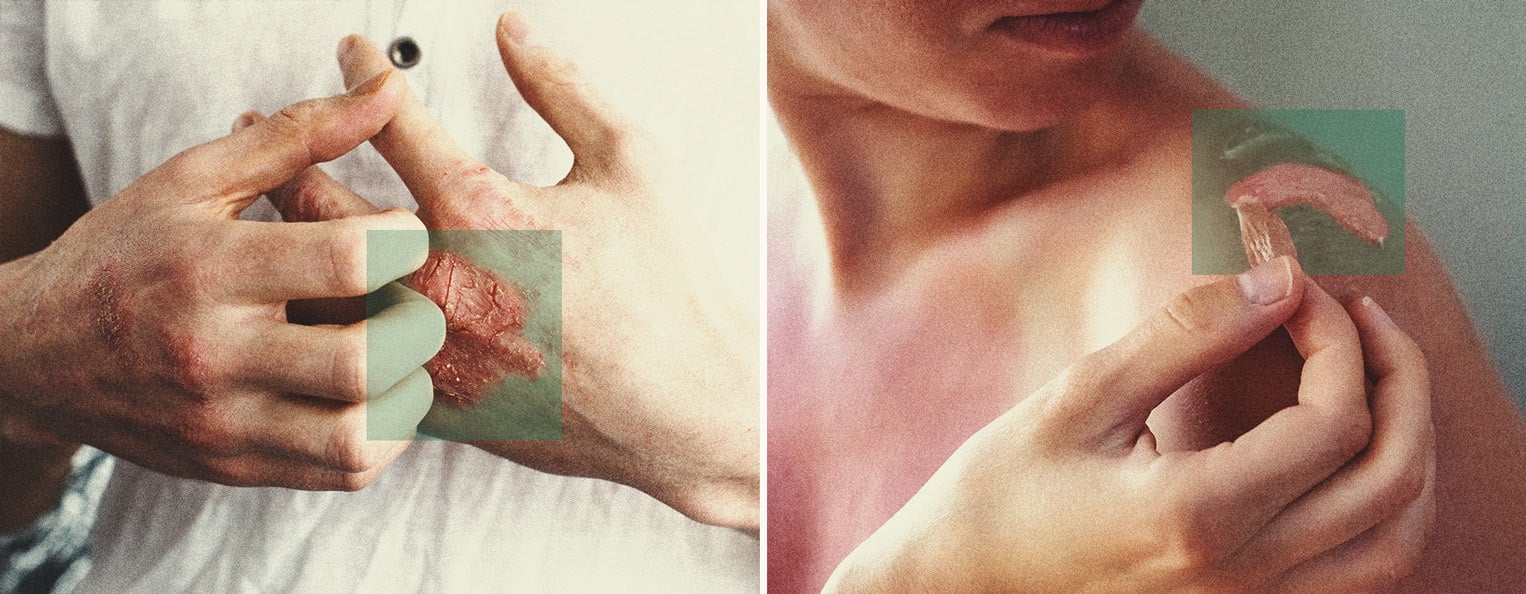
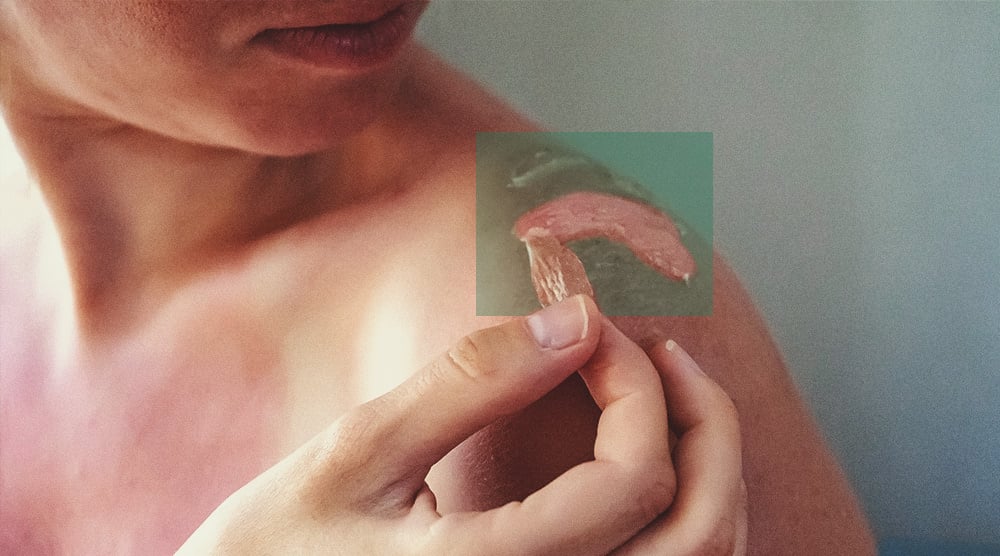
CBD and Psoriasis
Psoriasis develops when skin cells are replaced more quickly than needed. Under normal circumstances, the body creates new skin cells at the deepest layer of skin. Over time, these cells move upwards and are replaced by newer additions below. The rapid production of skin cells in psoriasis, likely caused by immune system dysfunction, causes immature skin cells to build up on the surface, resulting in dry, flaky skin and itching. Scientists are looking to see if CBD can help to tame the hyperproliferation and chronic inflammation involved in psoriasis. However, some evidence[15] suggests that CBD could actually drive the proliferation of certain types of skin cells. When using CBD cream, individuals with psoriasis are advised to apply the product liberally.

CBD and Tattoos
Tattoos allow people to express themselves in unique ways—permanently. However, it’s no secret that getting a design inked onto the skin comes with a fair amount of pain. Some people choose to use CBD at different stages of the process in an attempt to curb nerves and dampen the pain. Certain users opt for inhaled or edible CBD products before an appointment, whereas others apply CBD topicals after the risk of infection has passed to soothe the area. Some companies have also developed topical anaesthetics and soaps that contain CBD, pain-blocking agents, and antiseptics that are designed to be applied to new tattoos. Does CBD help with tattoo pain? No studies on the subject exist, but many anecdotal accounts report favorable effects.
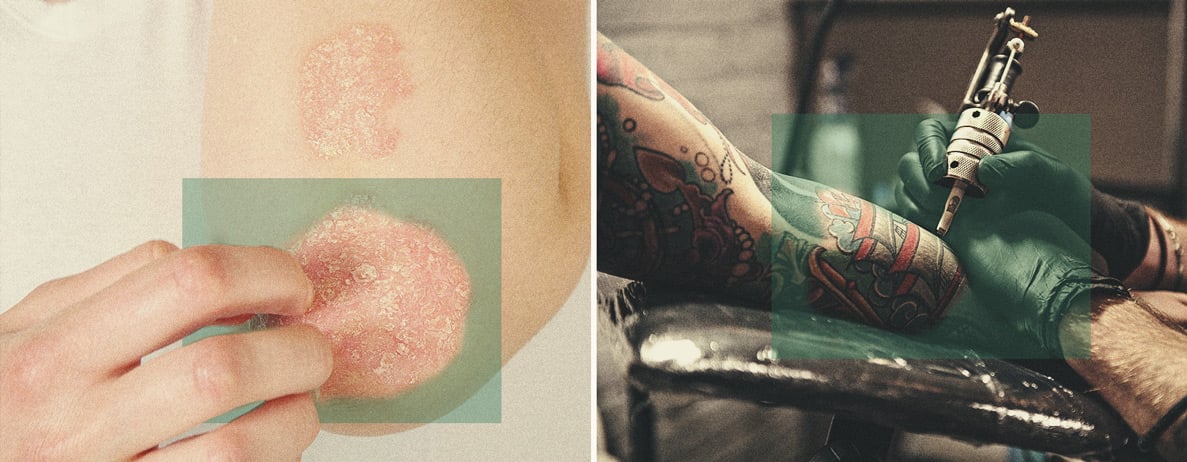
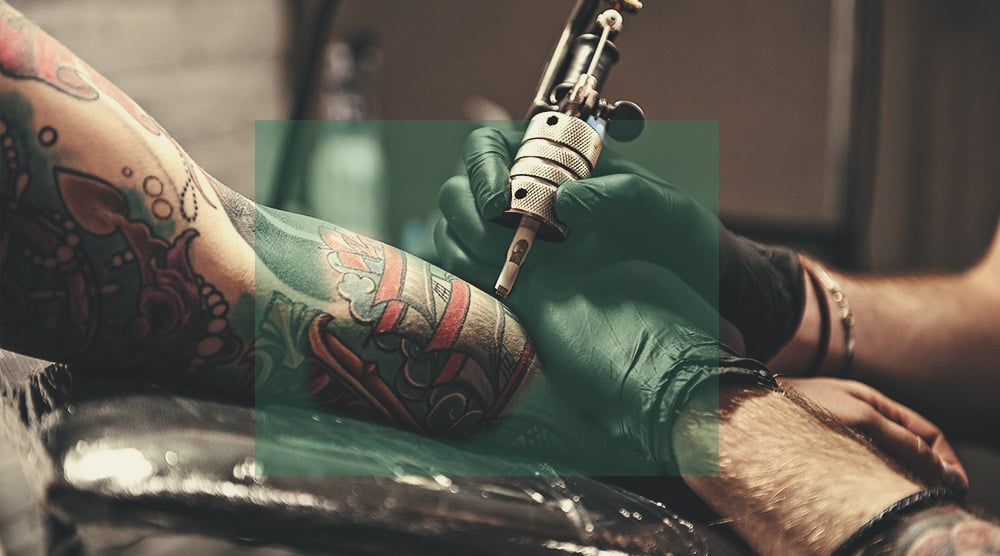
CBD Transdermal Patches
Cannabinoid patches harness a unique transdermal delivery system that makes them superior to weed lotions in some circumstances. While topical CBD lotions, creams, and balms only produce local effects on the skin, transdermal CBD patches deliver cannabinoids through the skin and into the bloodstream. Transdermal CBD patches work best when placed on the inner arm, lower back, or shoulders. From here, cannabinoids are released through the stratum corneum (the outermost layer of skin), through the epidermis and dermis, and into the dermal microcirculation.
Because transdermal patches deliver cannabinoids into the bloodstream, they offer more widespread effects. As well as impacting the skin, they go on to interface within the endocannabinoid system in the central nervous system, digestive system, cardiovascular system, and elsewhere. For this reason, CBD transdermal patches are a good choice for users that want to “feel” CBD delivered to the skin. However, they’re a less attractive option for those who want to avoid internalising CBD for whatever reason, such as drug interactions.
Cannabis Lotions: A Fun and Easy DIY Project
There you have it. You know exactly how to make your own Cannabis lotion at home. Plus, you’re aware of the science surrounding topical cannabis as it relates to various skin conditions. Overall, weed lotions are easy to make, simple to apply, and add something special to any skincare routine. If you feel like you’re still missing out on something after experimenting with your cannabis lotion creations, why not give transdermal cannabinoid patches a go for more widespread systematic effects?
- History of cannabis and the endocannabinoid system - PMC https://www.ncbi.nlm.nih.gov
- The endocannabinoid system of the skin in health and disease: novel perspectives and therapeutic opportunities - PMC https://www.ncbi.nlm.nih.gov
- Antioxidative and Anti-Inflammatory Properties of Cannabidiol - PMC https://www.ncbi.nlm.nih.gov
- A Balanced Approach for Cannabidiol Use in Chronic Pain - PMC https://www.ncbi.nlm.nih.gov
- A Single-Center Study Evaluating the Effects of a Novel Retinol and Cannabidiol Combination Topical on Facial Skin - PMC https://www.ncbi.nlm.nih.gov
- The endocannabinoid system of the skin in health and disease: novel perspectives and therapeutic opportunities - PMC https://www.ncbi.nlm.nih.gov
- Topical Administration of Terpenes Encapsulated in Nanostructured Lipid-Based Systems - PMC https://www.ncbi.nlm.nih.gov
- Recent advances in topical delivery of flavonoids: A review - PubMed https://pubmed.ncbi.nlm.nih.gov
- Therapeutic Potential of Cannabidiol (CBD) for Skin Health and Disorders - PMC https://www.ncbi.nlm.nih.gov
- The antimicrobial potential of cannabidiol | Communications Biology https://www.nature.com
- Cannabidiol exerts sebostatic and antiinflammatory effects on human sebocytes - PMC https://www.ncbi.nlm.nih.gov
- Antioxidative and Anti-Inflammatory Properties of Cannabidiol - PMC https://www.ncbi.nlm.nih.gov
- Cannabis-Based Products for the Treatment of Skin Inflammatory Diseases: A Timely Review - PMC https://www.ncbi.nlm.nih.gov
- The Effect of Cannabidiol on UV-Induced Changes in Intracellular Signaling of 3D-Cultured Skin Keratinocytes - PMC https://www.ncbi.nlm.nih.gov
- Therapeutic Potential of Cannabidiol (CBD) for Skin Health and Disorders - PMC https://www.ncbi.nlm.nih.gov




























